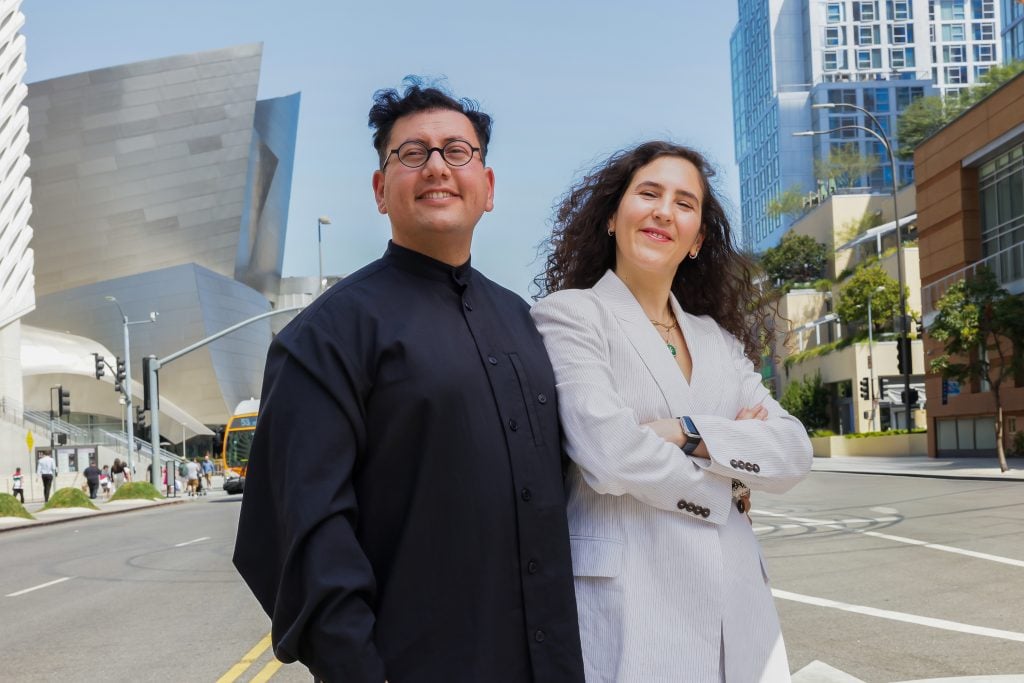Community, Leadership, Experimentation, Diversity, & Education
Pittsburgh Arts, Regional Theatre, New Work, Producing, Copyright, Labor Unions,
New Products, Coping Skills, J-O-Bs...
Theatre industry news, University & School of Drama Announcements, plus occasional course support for
Carnegie Mellon School of Drama Faculty, Staff, Students, and Alumni.
CMU School of Drama
Subscribe to:
Post Comments (Atom)

3 comments:
The ever increasing span of what can be accomplished by AI can seem intimidating in many ways. I personally feel that AI should be used as a tool to help artists instead of replace the role of a creative mind. This museum is one way to prove that ideology wrong. I believe, as of now, that AI in it’s current capacity cannot replicate the art of humans in the same organic and free style many artists have. AI can have a space in the art world without pushing out human artists, it’s a different type of art. Like many forms of digital and computer assisted art, AI art is often frowned upon by purist artists when it should be accepted as its own medium of creativity.
The existence of an idea such as this puts a weight on my heart. It is my opinion that AI itself is not creative. It takes things from real artists and barfs them out based on whatever prompt it receives, usually without permission from the original artist. I also think that this art museum will fail from a financial perspective. I believe many people will wonder, "Why should I go to an art museum with art made by AI when I have access to the AI from the comfort of my desk?". AI art is easy to access, and there's no such thing as a "real" AI art piece, as opposed to a Da Vinci or a Van Gogh. Seeing art made by talented artists in person is fascinating, you can look closely to see every brushstroke of a painting and know that a person spent hours putting them together to make a beautiful picture. You don't get that same feeling when looking at art made by AI. It simply cannot replicate the idea of hard work.
When I first saw the article, I felt the energy, and very surprised it was made by AI. Using vast datasets— from Los Angeles Philharmonic recordings to data from rainforests—Anadol’s works are celebrated for transforming intangible information into immersive visual experiences. This development also resonates with fields like architecture, sustainability, and data science. By partnering with Google to explore energy-efficient solutions, Dataland highlights the need for sustainable practices in powering data-heavy technologies. Anadol’s fusion of machine learning and human creativity mirrors broader trends in fields like computational design and interactive technology, demonstrating how data visualization is becoming integral to multiple disciplines, from environmental science to cultural heritage preservation. Anadol's vision encourages reflection on how art, technology, and ecology can coalesce into transformative experiences.
Post a Comment